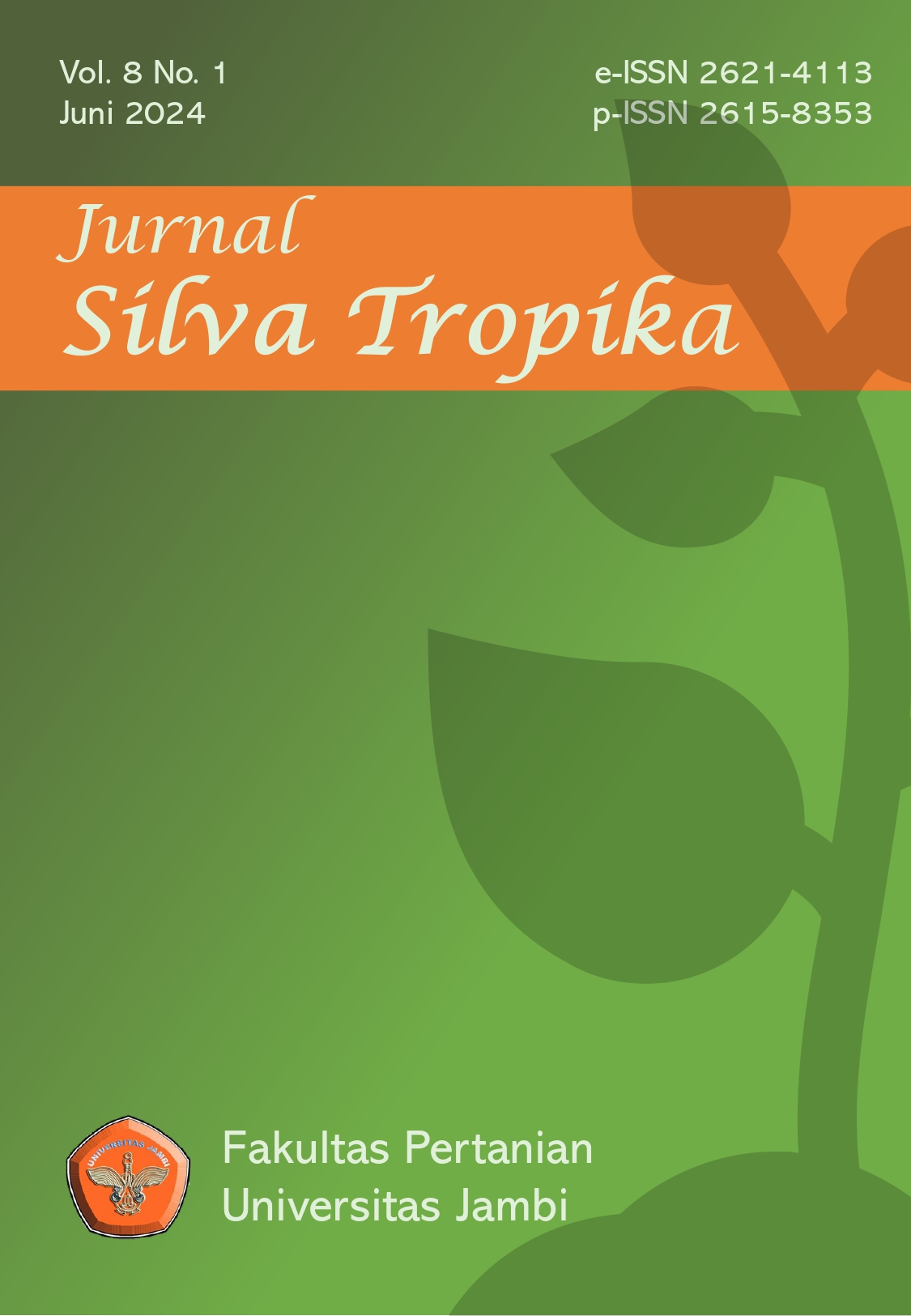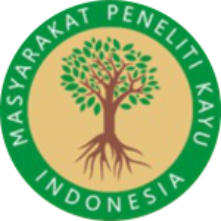Identifikasi Spesies Burung di Kawasan Taman Hutan Raya Bukit Sari Provinsi Jambi
Identification of Bird Species in Bukit Sari Grand Forest Park Jambi Province
DOI:
https://doi.org/10.22437/jurnalsilvatropika.v8i1.35824Keywords:
bird, Bukit Sari Grand Forest Park, habitatAbstract
ABSTRACT
The diversity of bird species in an area can reflect the integrity of the ecosystem and the biodiversity found within it. The existence of a bird in a habitat is very important in a forest ecosystem, for example, birds play an important role in the process of reproduction of vegetation types in the forest, namely in the process of seed dispersal and pollination. This research on identifying this bird species was carried out in the Bukit Sari Grand Forest Park, Jambi Province, which was carried out in two habitats, namely secondary forest and bushes. Bird observations were carried out using the point count method. The results of the research show that in the Bukit Sari Grand Forest Park there are 13 species of birds from 10 families. In the secondary forest there are 9 species of birds from 8 families, in the bush there are 9 species of birds from 7 families. The highest number of individuals was found in the bush habitat with a total of 81 birds, while in the secondary forest habitat there were 52 individuals. The diversity index value (H'), Margalef species richness (R) and species evenness (E) of birds around the Bukit Sari Grand Forest Park, Jambi Province, respectively are H' 2.3, R is 2.5 and E is 0 .9. There are five dominant bird species at each observation point, namely the alang-alang moth (Centropus bengalensis), gray bentet (Lanius schach), merbah cerucuk (Pycnonotus goiavier), finches (Pycnonotus aurigaster) and yellow-rumped woodpecker (Picus flavinucha).
Keywords: bird, Bukit Sari Grand Forest Park, habitat
ABSTRAK
Keanekaragaman spesies burung di suatu daerah dapat mencerminkan keutuhan ekosistem dan keanekaragaman hayati yang terdapat di dalamnya. Keberadaan suatu burung disuatu habitat sangat penting dalam ekosistem hutan salah satu contohnya sebagaimana burung berperan penting dalam proses perkembangbiakan spesies vegetasi di dalam hutan yakni dalam proses penyebaran biji dan penyerbukan. Penelitian tentang identifikasi spesies burung ini di laksanakan di Taman Hutan Raya Bukit Sari Provinsi Jambi, yang dilakukan pada dua habitat yaitu hutan sekunder dan semak belukar. Pengamatan burung dilakukan dengan menggunakan metode point count. Hasil penelitian menunjukkan bahwa pada kawasan Taman Hutan Raya Bukit Sari terdapat 13 species burung dari 10 famili. Pada hutan sekunder terdapat 9 spesies burung dari 8 famili, pada semak belukar terdapat 9 spesies burung dari 7 famili. Jumlah individu paling banyak terdapat pada habitat semak belukar dengan total 81 individu burung sedangkan pada habitat hutan sekunder sebanyak 52 individu. Nilai indeks keanekaragaman (H’), kekayaan spesies Margalef (R) dan kemerataan spesies (E) burung di sekitar Taman Hutan Raya Bukit Sari Propinsi Jambi, masing-masing sebesar H’ 2,3 (sedang), R sebesar 2,5 (rendah) dan E sebesar 0,9 (tinggi). Terdapat lima spesies burung yang dominan pada 2 habitat pengamatan yaitu bubut alang-alang (Centropus bengalensis), bentet kelabu (Lanius schach), merbah cerucuk (Pycnonotus goiavier), cucak kutilang (Pycnonotus aurigaster) dan pelatuk kuduk kuning (Picus flavinucha).
Katakunci: burung, habitat, Taman Hutan Raya Bukit Sari
Downloads
Downloads
Published
How to Cite
Issue
Section
License
Copyright (c) 2024 Cory Wulan, Aprima Lorenza, Jauhar Khabibi

This work is licensed under a Creative Commons Attribution 4.0 International License.
















